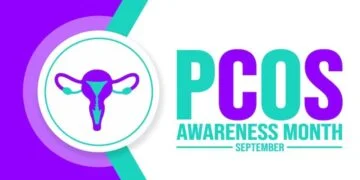The findings, which were published in the journal Science Advances, identify AVG-388 as the primary therapeutic candidate, which efficiently limits the function of the viral RNA polymerase, an enzyme responsible for viral genome replication. RSV is a leading cause of lower respiratory infections in newborns and immunocompromised people, yet there is no effective treatment. In 2015, the virus caused an estimated 33.1 million infections worldwide, resulting in 3.2 million hospitalizations and 59,800 fatalities.
Finding effective RSV medicines has been difficult. RSV has avoided advanced candidate classes that inhibit the virus from entering a cell through mutations. To address this issue, new drug research efforts have focused on RSV’s viral RNA-dependent RNA polymerase complex due to the possibility of a wider window of opportunity to combat the virus during viral genome replication and transcription.
“We have identified the AVG class of inhibitors of RSV RNA production,” stated Dr. Richard K. Plemper, senior author of the study and director of the Center for Translational Antiviral Research in Georgia State’s Institute for Biomedical Sciences. “We developed the clinical candidate AVG-388 by chemical optimization, which is orally effective against RSV in animal models of infection.”
Furthermore, in human airway epithelial organoid cultures, the researchers revealed significant antiviral activity.
“In this study, we mapped an exciting druggable target in the RSV RNA-dependent RNA-polymerase and established the clinical potential of the AVG inhibitor class against RSV disease,” said Dr. Julien Sourimant, the study’s first author and a postdoctoral fellow in Georgia State’s Institute for Biomedical Sciences.
The study looked at the effect of therapy on viral replication at various oral doses intended to prevent or cure illness. In the various illness models, they demonstrated that therapy lowered viral burden by several orders of magnitude.

“Our findings establish the groundwork for the AVG class’s formal development as well as the structure-guided identification of companion medicines with overlapping target locations but unique resistance profiles,” Plemper added.
Julien Sourimant (first author), Carolin M. Lieber, Jeong-Joong Yoon, Mart Toots, and Richard K. Plemper of Georgia State University’s Institute for Biomedical Sciences; Mugunthan Govindarajan, Venkata Udumula, and Michael G. Natchus of Emory University’s Emory Institute for Drug Development; Kaori Sakamoto of the University of Georgia’s College of Veterinary Medicine; and Joseph Patti of Avi










































